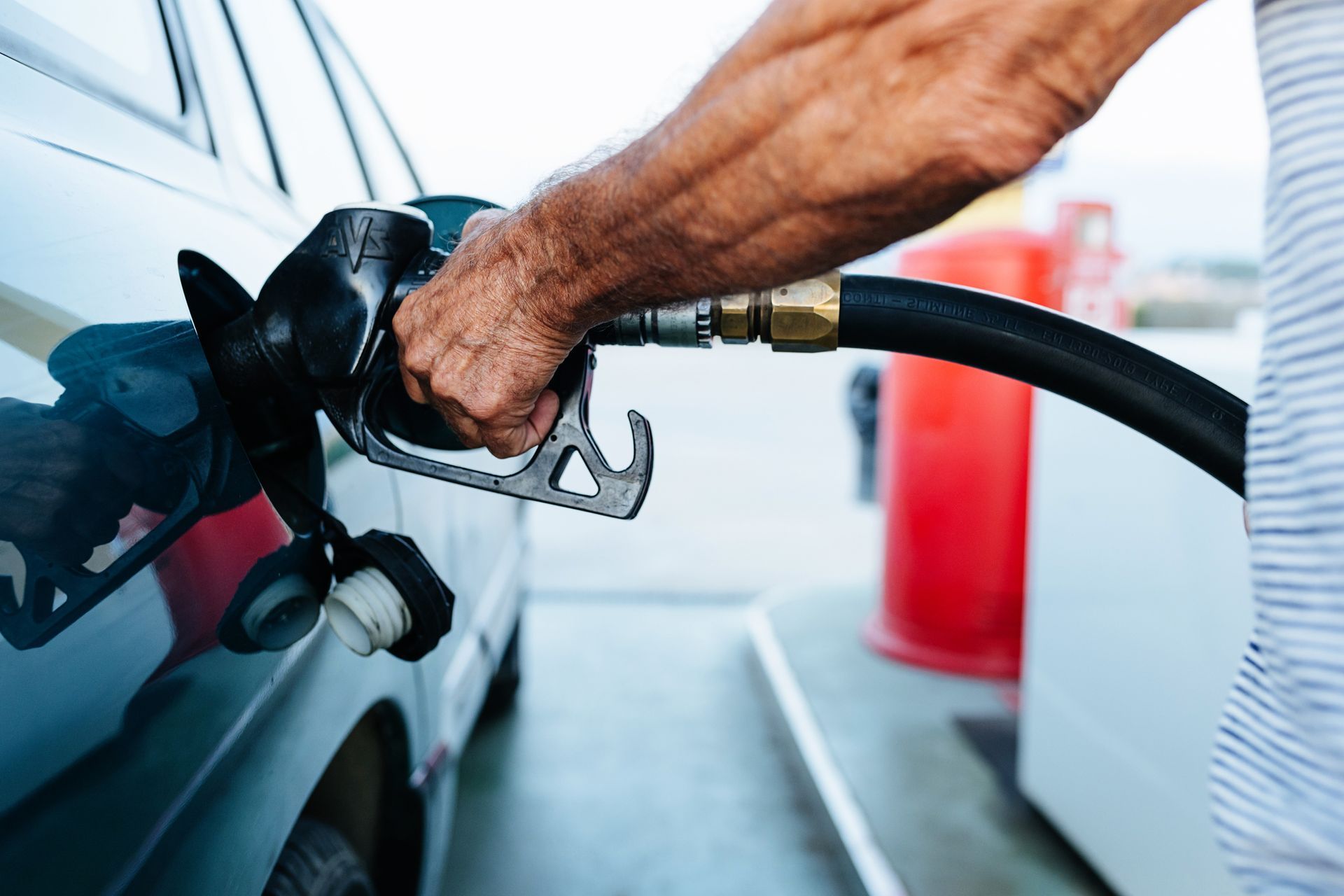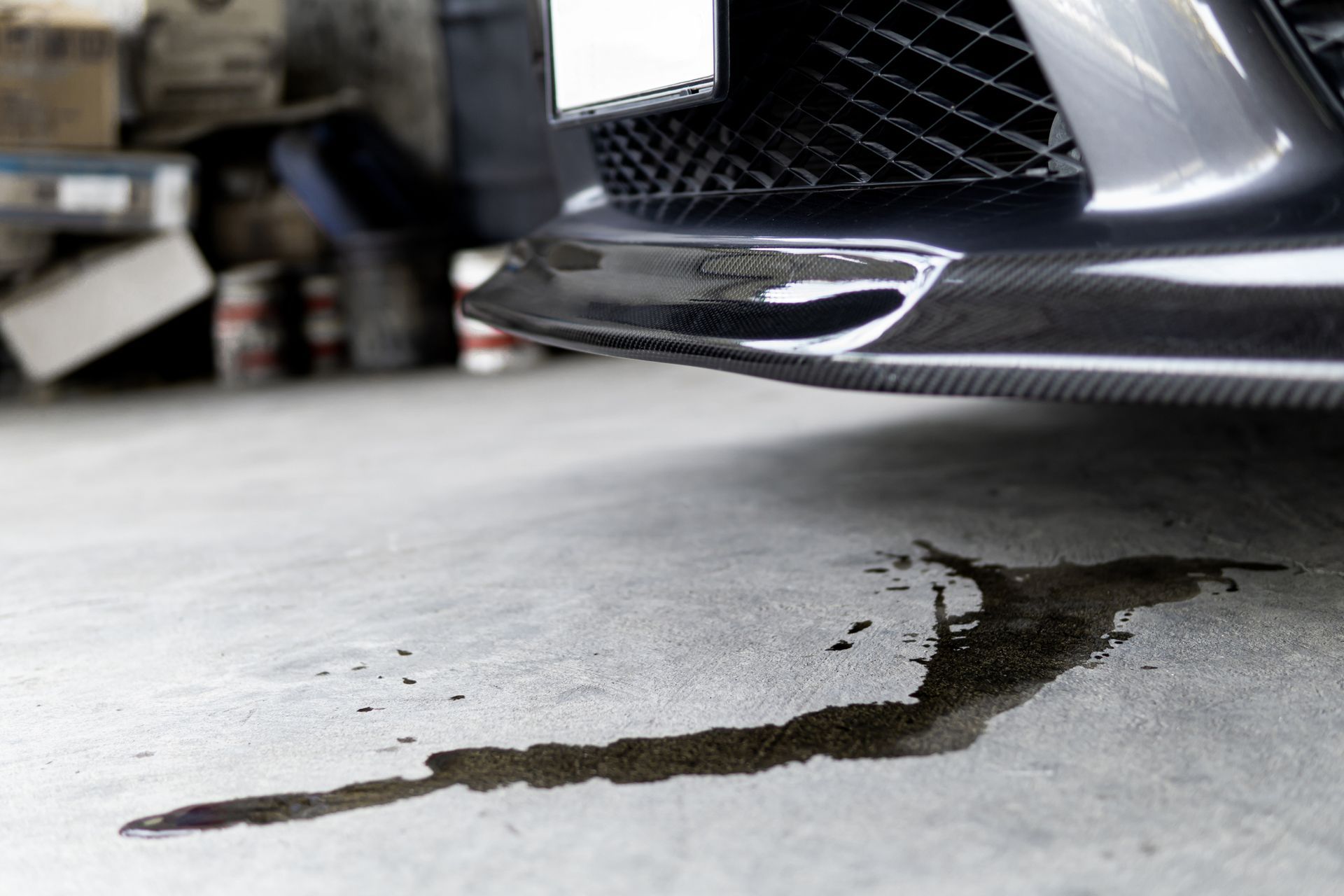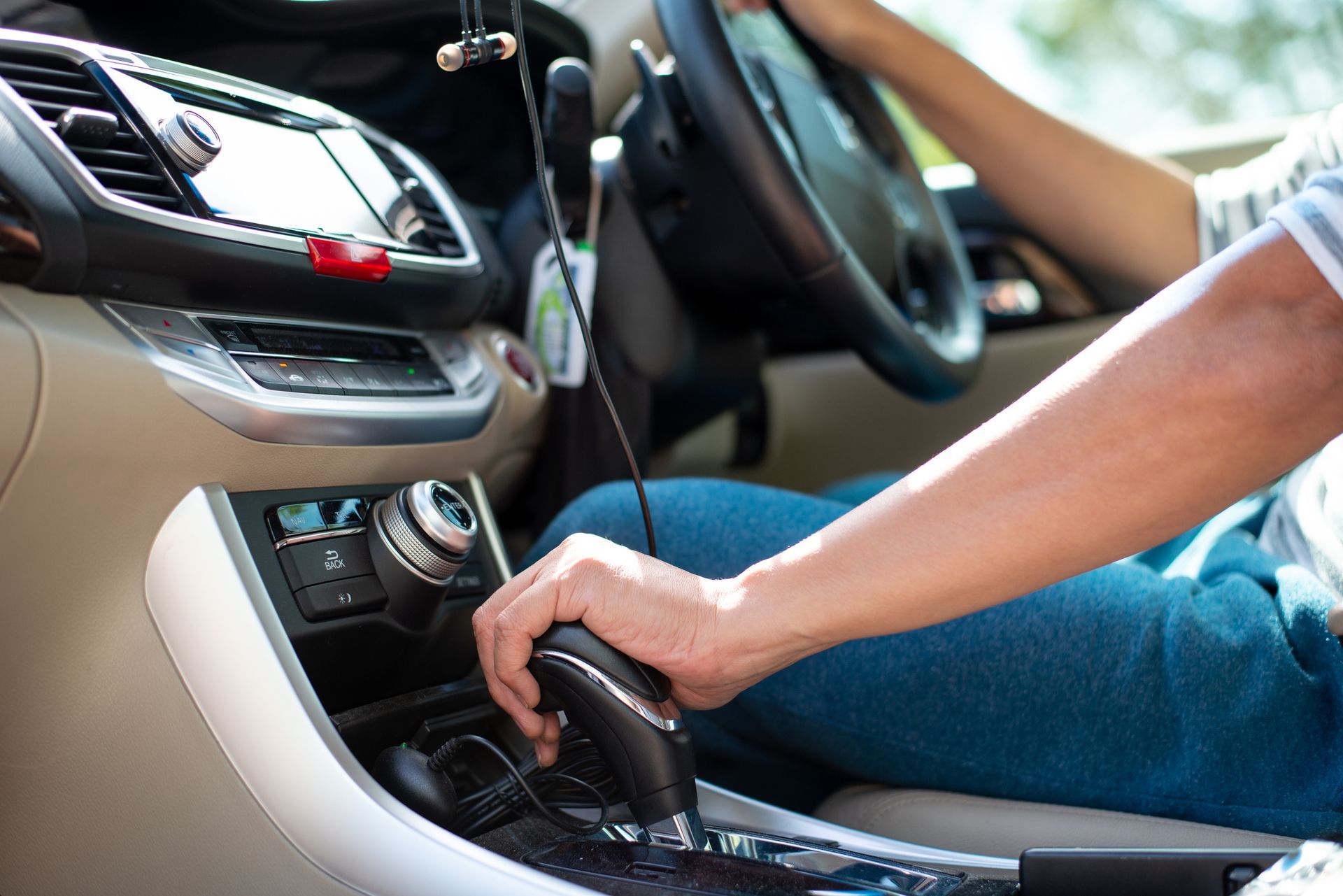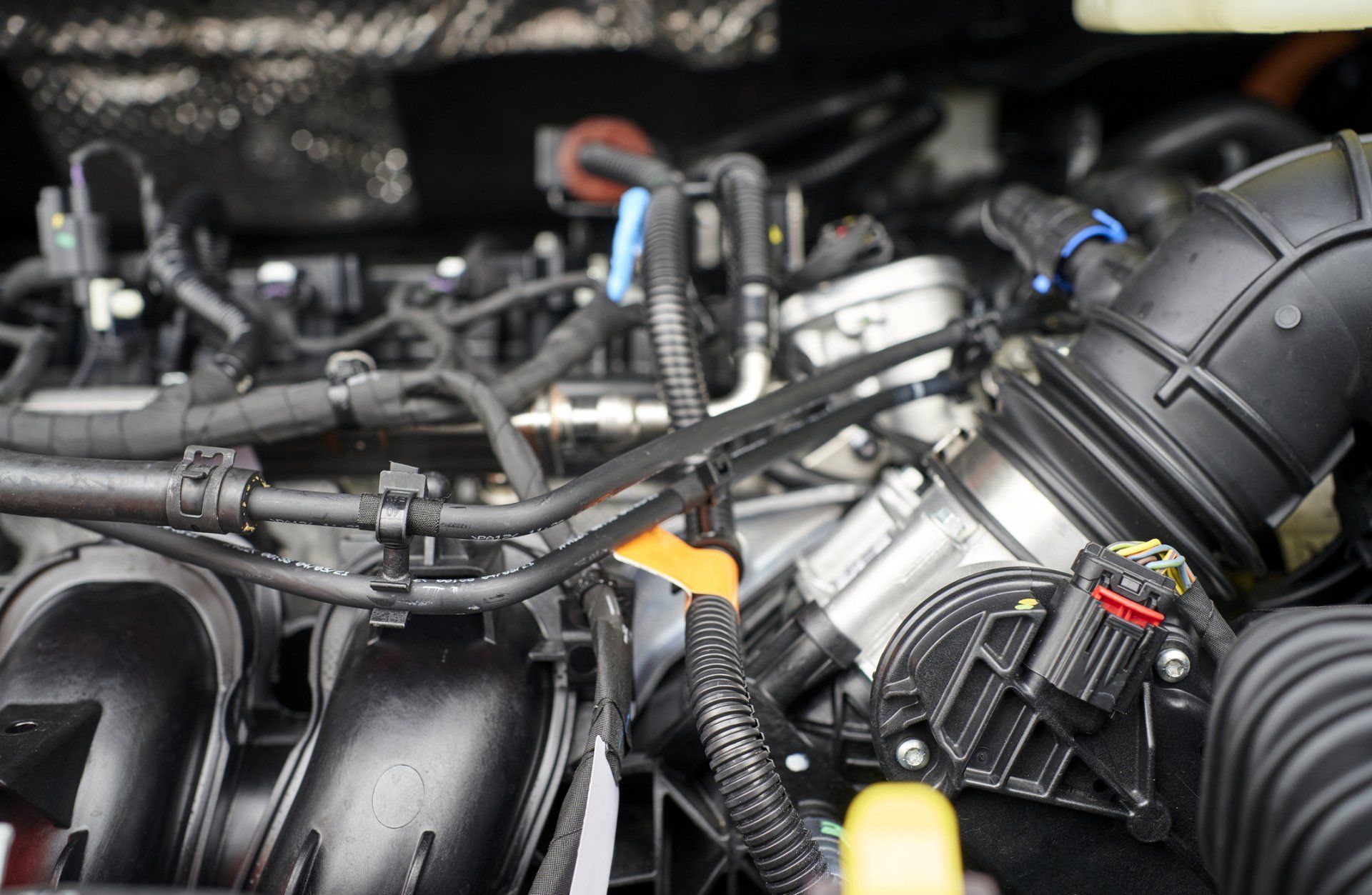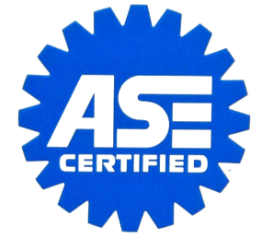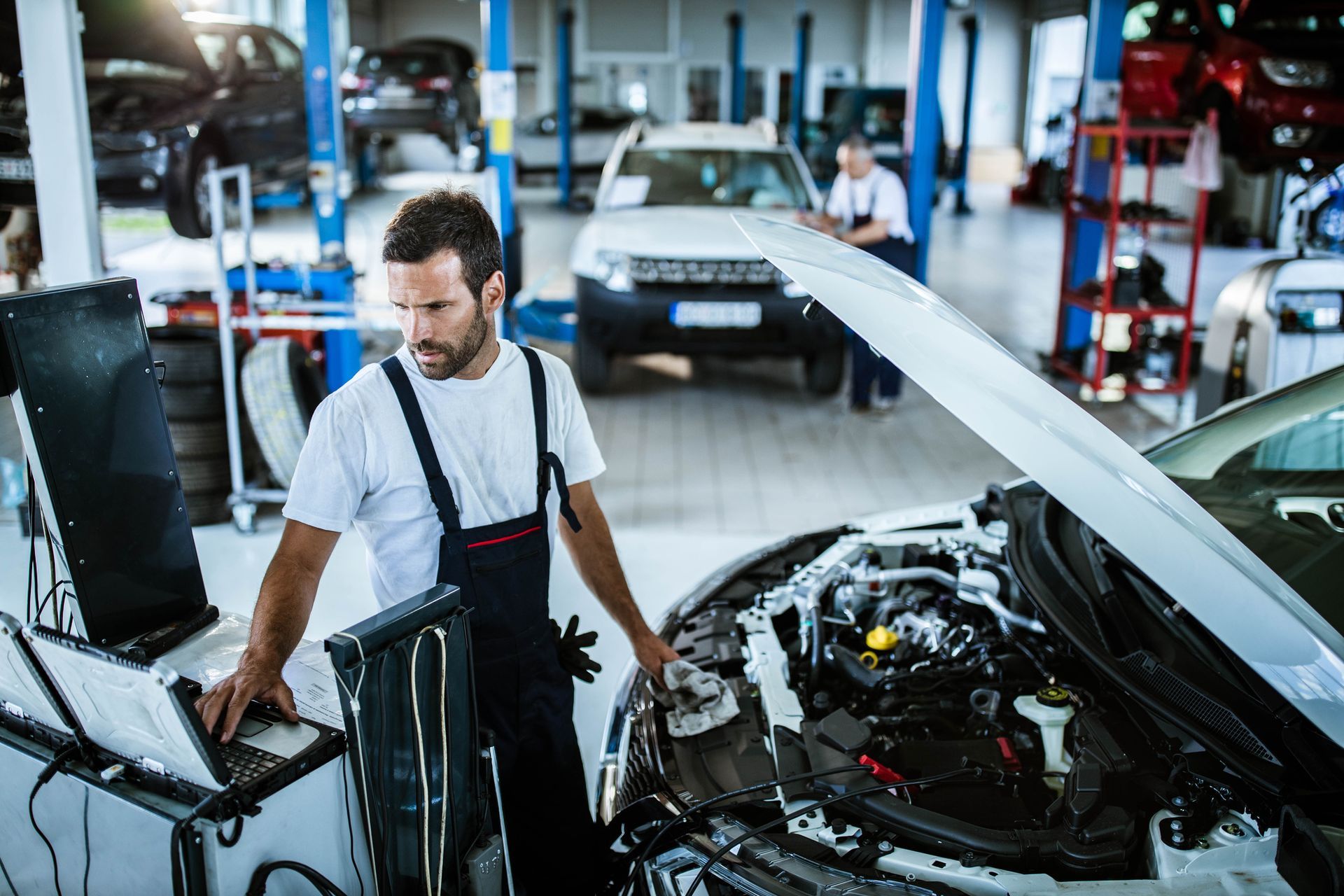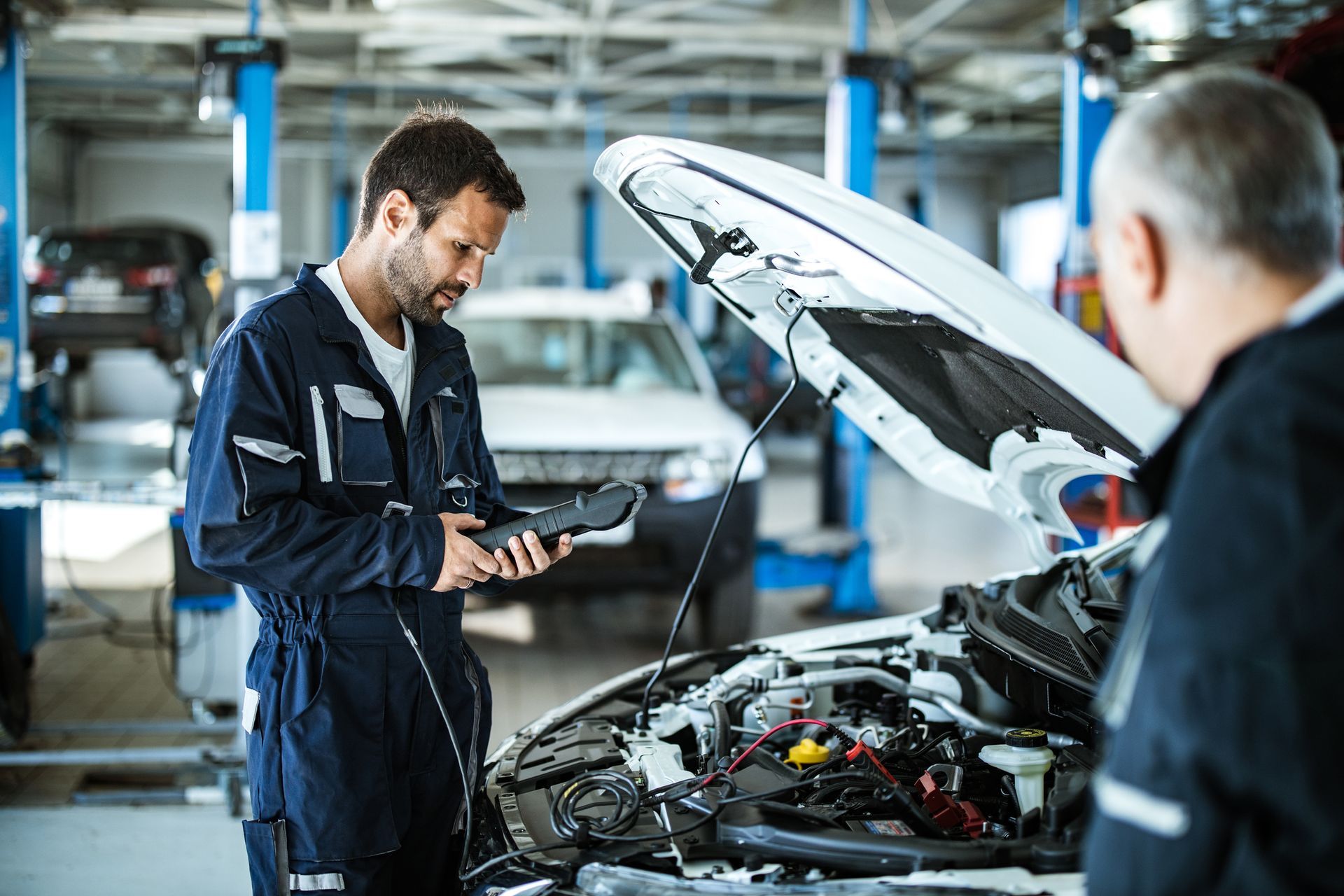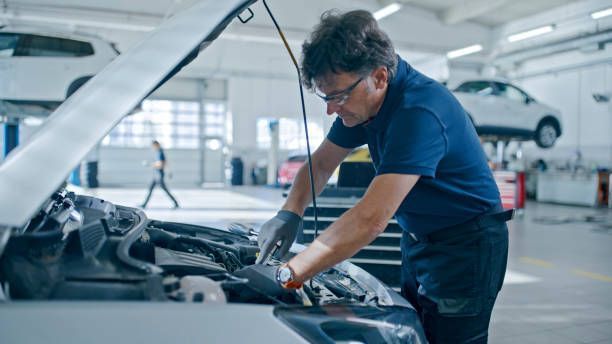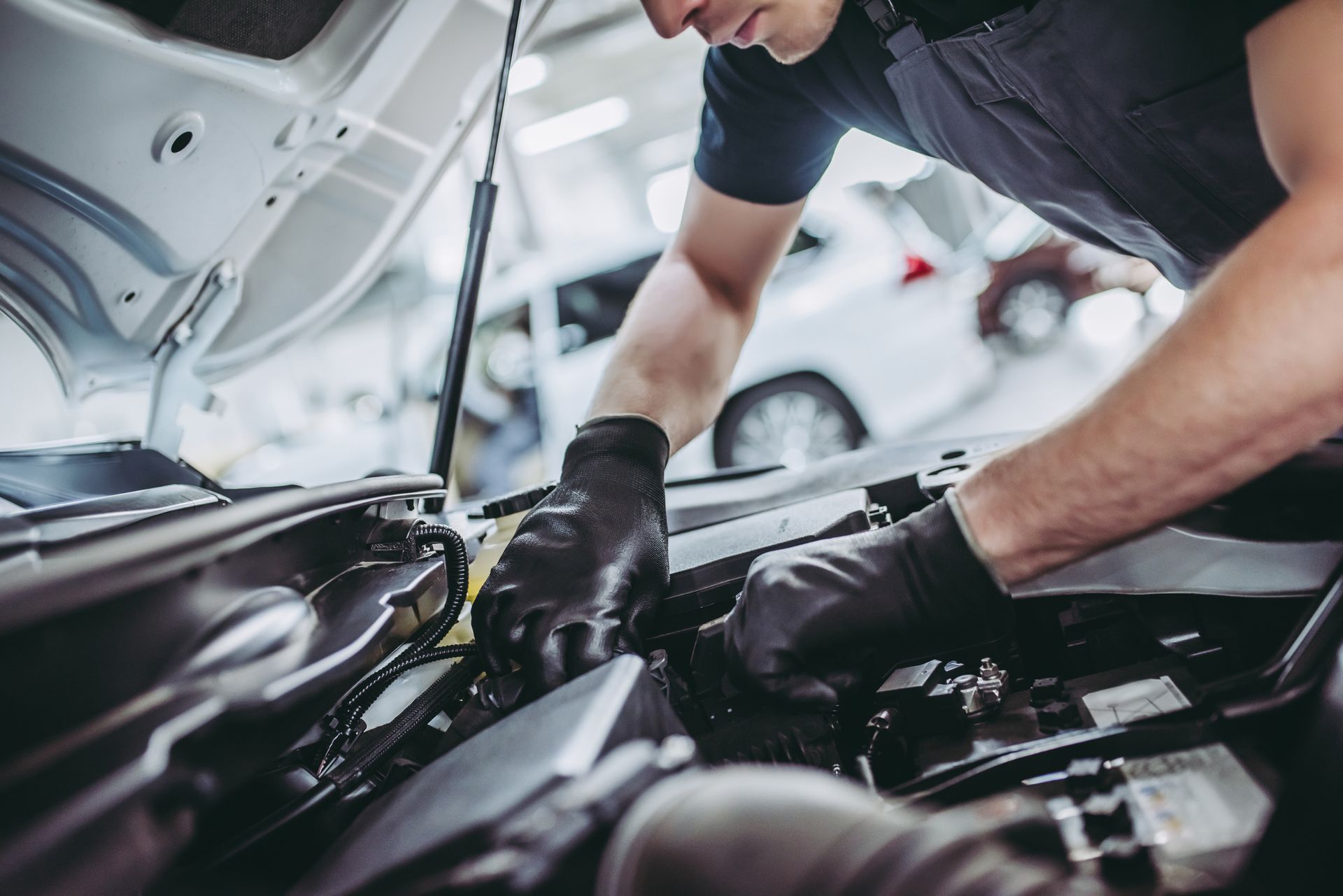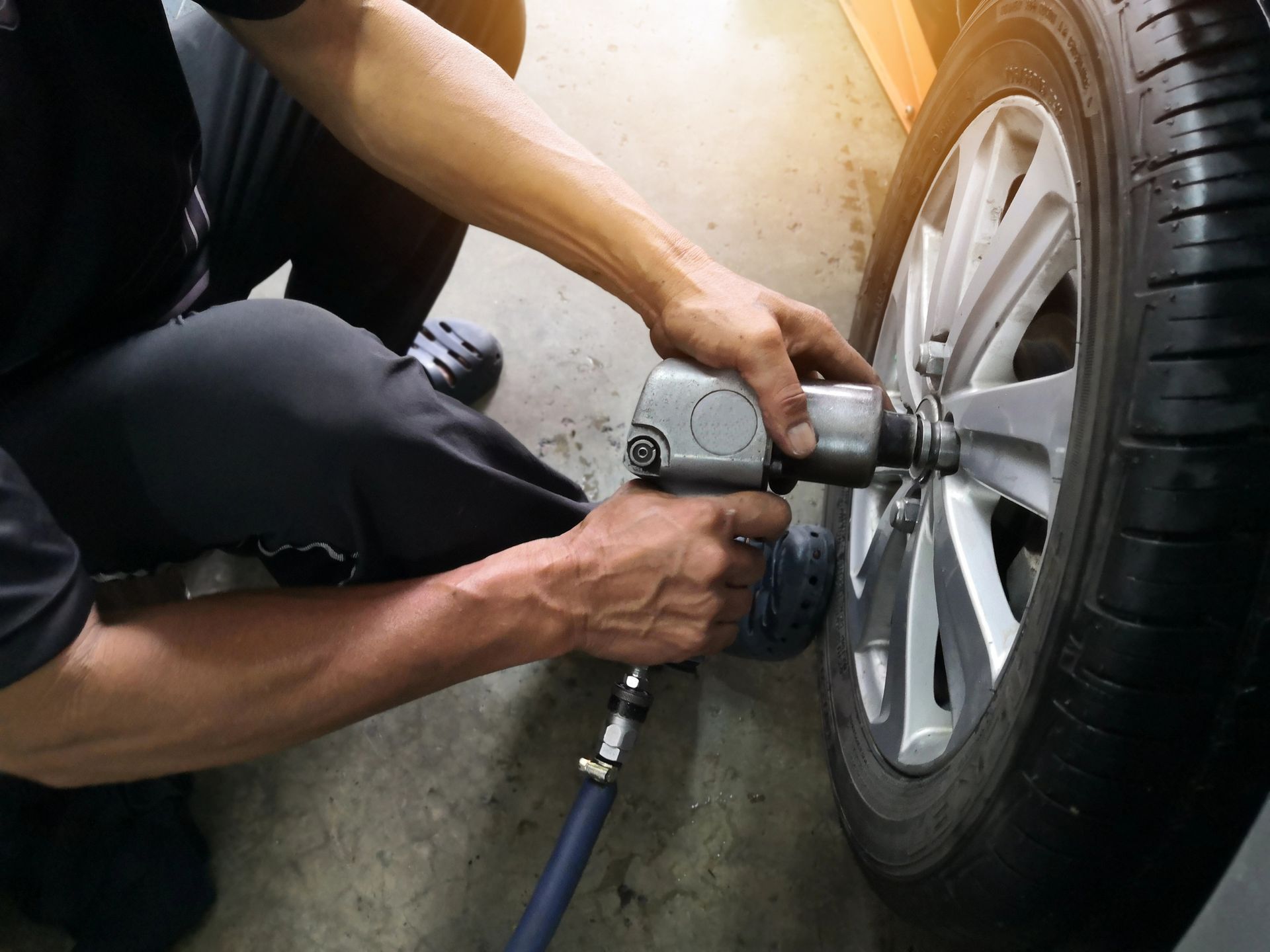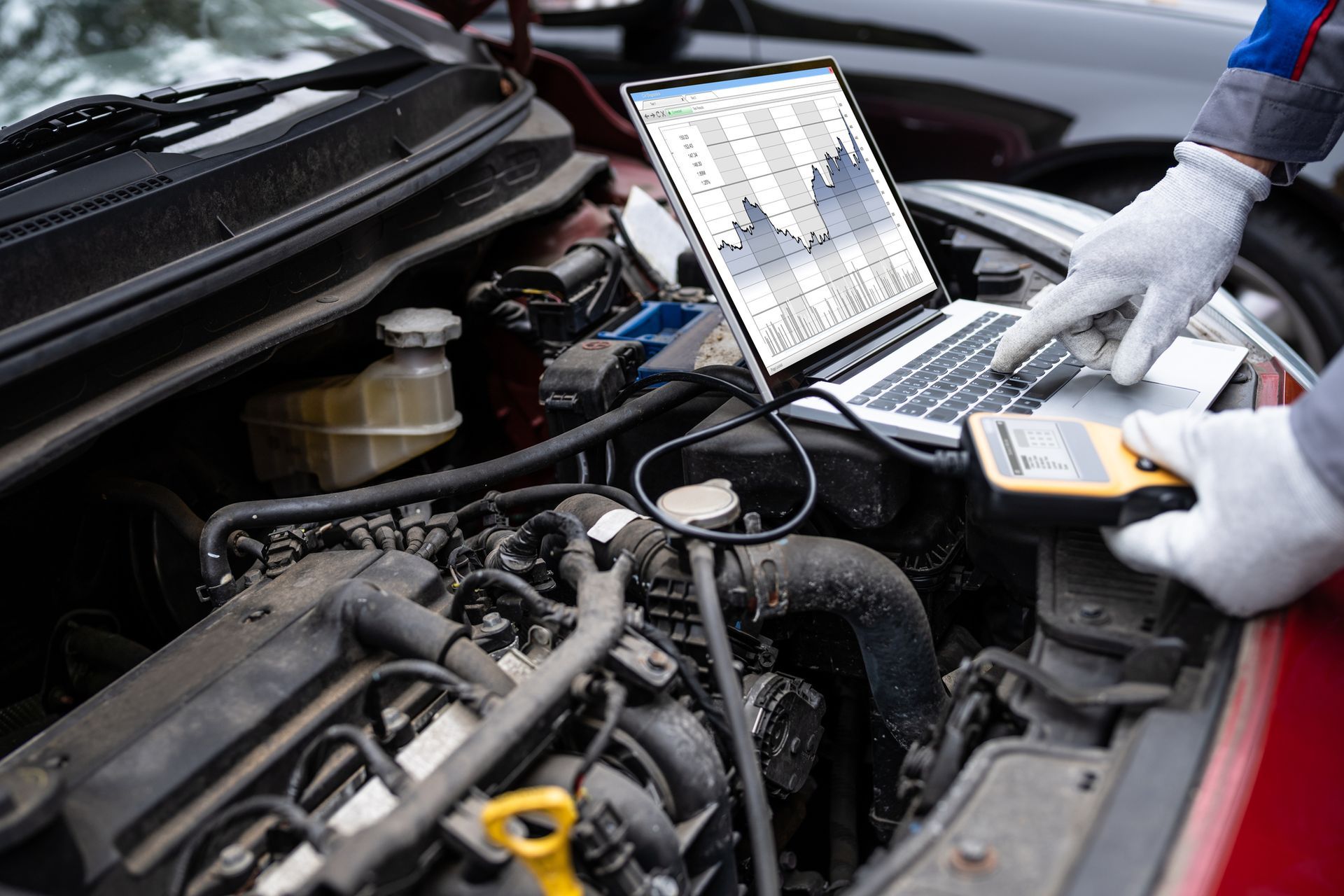What to Do When Your Car Overheats
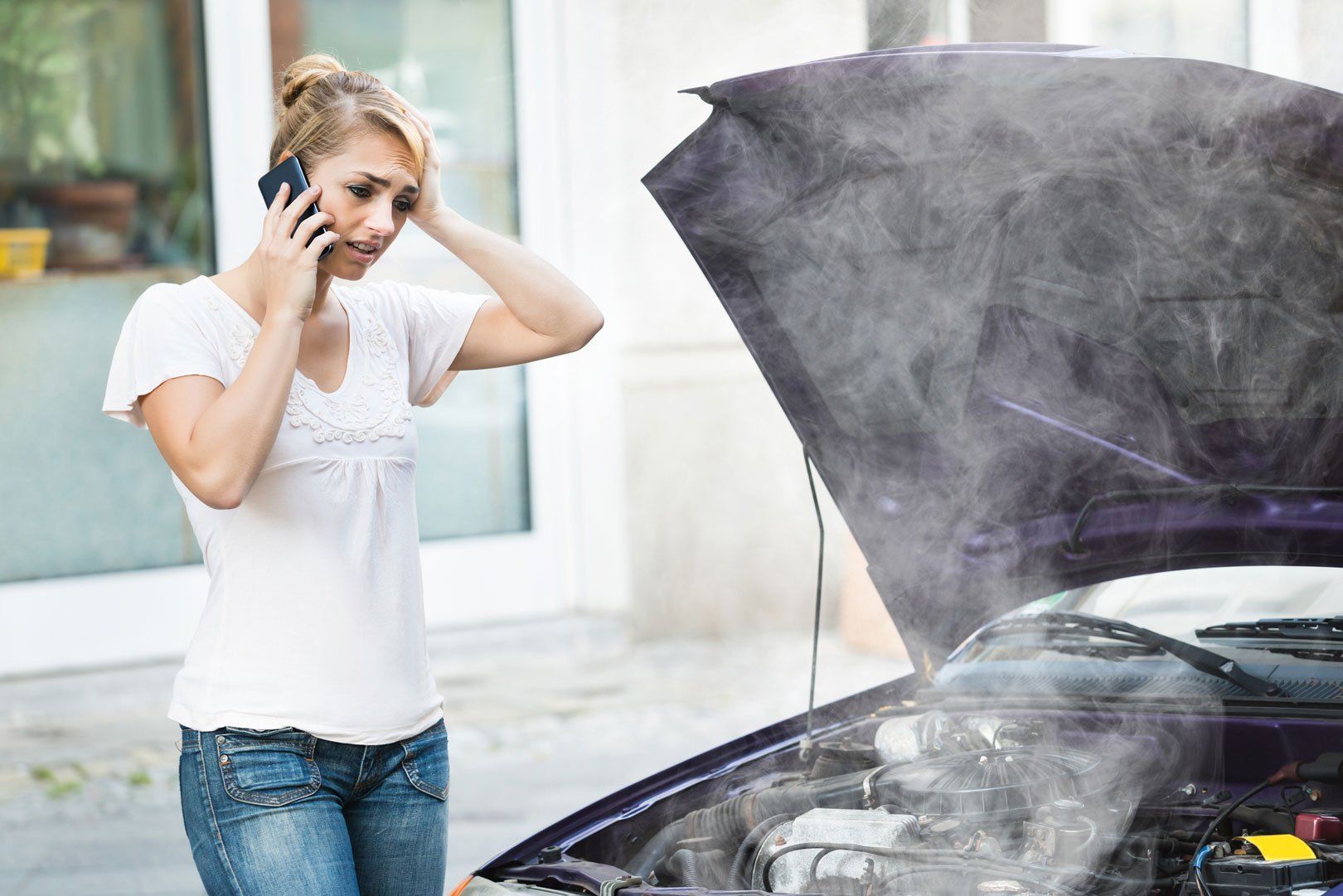
If your car's engine temperature gauge suddenly rises and smoke escapes from the engine compartment, you need to take immediate action. The engine is overheating, and you'll all but guarantee catastrophic engine failure if you continue to drive like this. Should you be behind the wheel when your car's engine overheats, here's what you should do.
Step 1: Turn On the Heat
No matter what the temperature outside is, immediately turn your car's heater on high. You may become uncomfortably hot, but this could be a critical step that prevents severe damage to the engine. The heat that enters your car's cabin is drawn from the engine compartment, so this tactic effectively removes hot air from around the engine and helps reduce the overheating.
Your heater should remain on as high as possible until you turn the car off (see step 3).
Step 2: Pull Over in a Safe Place
You also need to immediately pull over in the safest possible place. This isn't a situation where you can afford to drive a few miles until you find a rest stop or parking lot, for your engine likely won't make it that far. You need to pull over wherever you can and as soon as you can. In general, try to get to one of these locations:
- A streetside parking spot
- A parking lot
- A residential side street
- The right shoulder of a highway
The left shoulder should only be used as a last resort, but you might have to pull over on the left side of a major highway if you can't quickly get across several lanes of traffic.
Once you pull over, make your car as visible as possible until a tow truck arrives. Turn on the flashers, and set up a flare if you have one and can safely exit the vehicle.
Step 3: Turn the Car Off
The moment you're pulled over, turn your car's engine completely off. This will prevent the engine compartment from generating more heat, so the engine can begin to cool off.
Of course, turning off the car will also shut down the heater - but stopping the generation of heat is more important than removing some heat with the heater. The heater is helpful while you must drive to pull over, but it can't remove all of the heat that your engine generates.
Step 4: Open the Hood Slightly
Next, open the hood as much as you safely can. If you've seen smoke coming from the engine compartment, open the hood to whatever extent you're able to without reaching into the engine compartment or touching the metal around it. The metal could be extremely hot, and there also might be leaked fluids that could burn you.
Many cars have an interior hood release that you can safely pull from the driver's seat. This will lift the hood slightly while keeping you well away from the hot engine compartment.
On some models, the hood release is behind the grille. You shouldn't go reaching for this type of release, as you could suffer burns.
Regardless of where your hood release is, don't try to reach under the hood and undo the secondary latch. This is too close to the engine compartment to safely undo. Even though you can't completely open the hood without undoing the latch, you shouldn't risk a burn. Instead, leave the hood slightly popped, and let the engine cool down over time.
Step 5: Get a Tow to an Engine Repair Shop
Once your engine is cooling down, call an engine repair shop nearby and request a tow. Try to find a shop that will offer you a free tow if you have them complete a major repair. Some engine repair shops offer this service, and it could save you a decent amount. The average cost of a tow is $75 to $125, and most local tows charge at least $50.
If your car's engine overheated, contact Letcher Bros. Auto Repair for a
local tow and to get the engine repaired.
